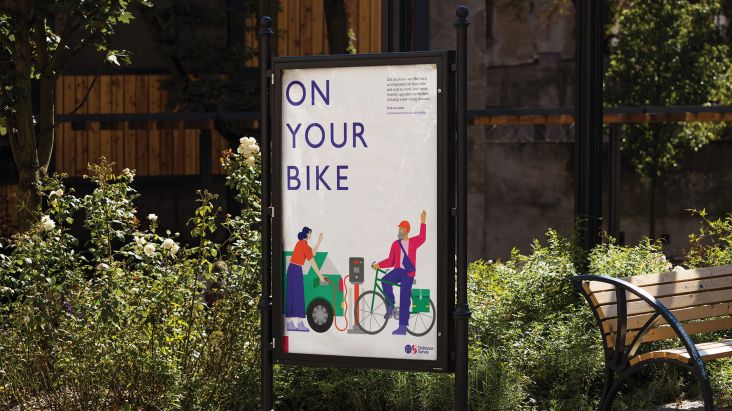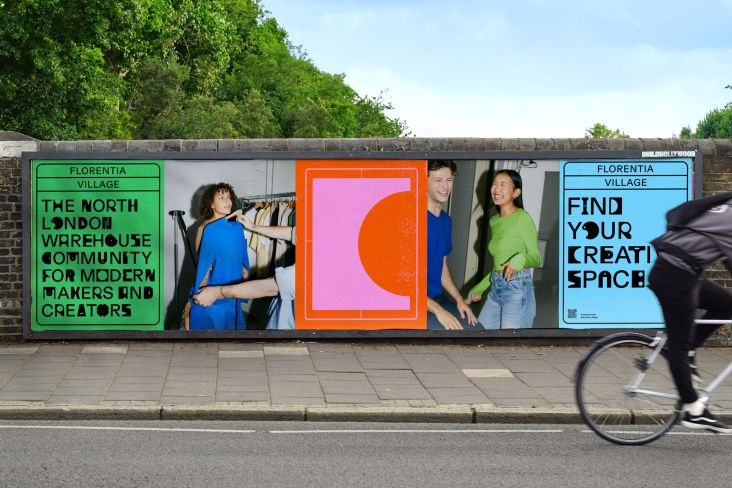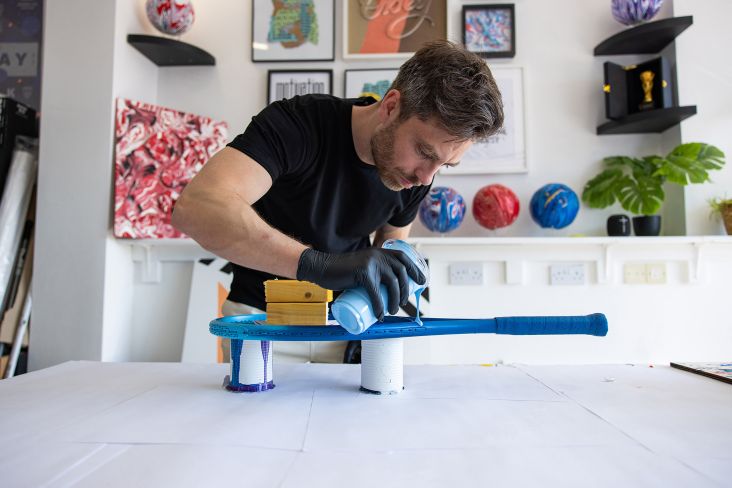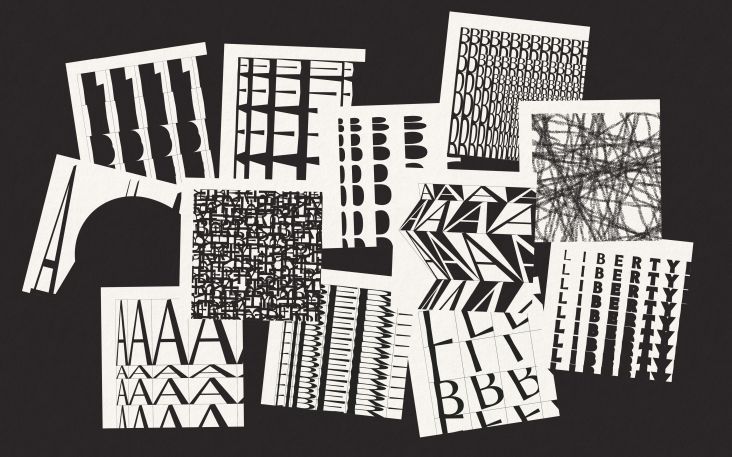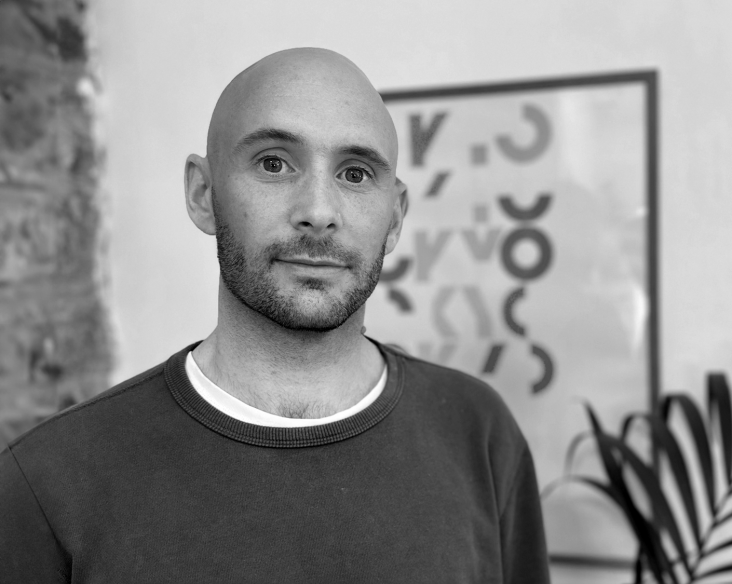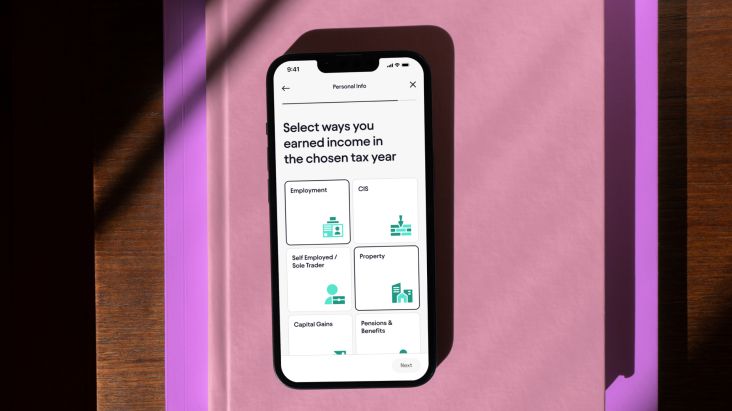Kubikino: Carolina Melis's generative art uses code to create geometric portraits
Multidisciplinary artist Carolina Melis has explored her passion for generative art with Kubikino, a series of images released on the blockchain which use animated loops to produce one-of-a-kind portraits.
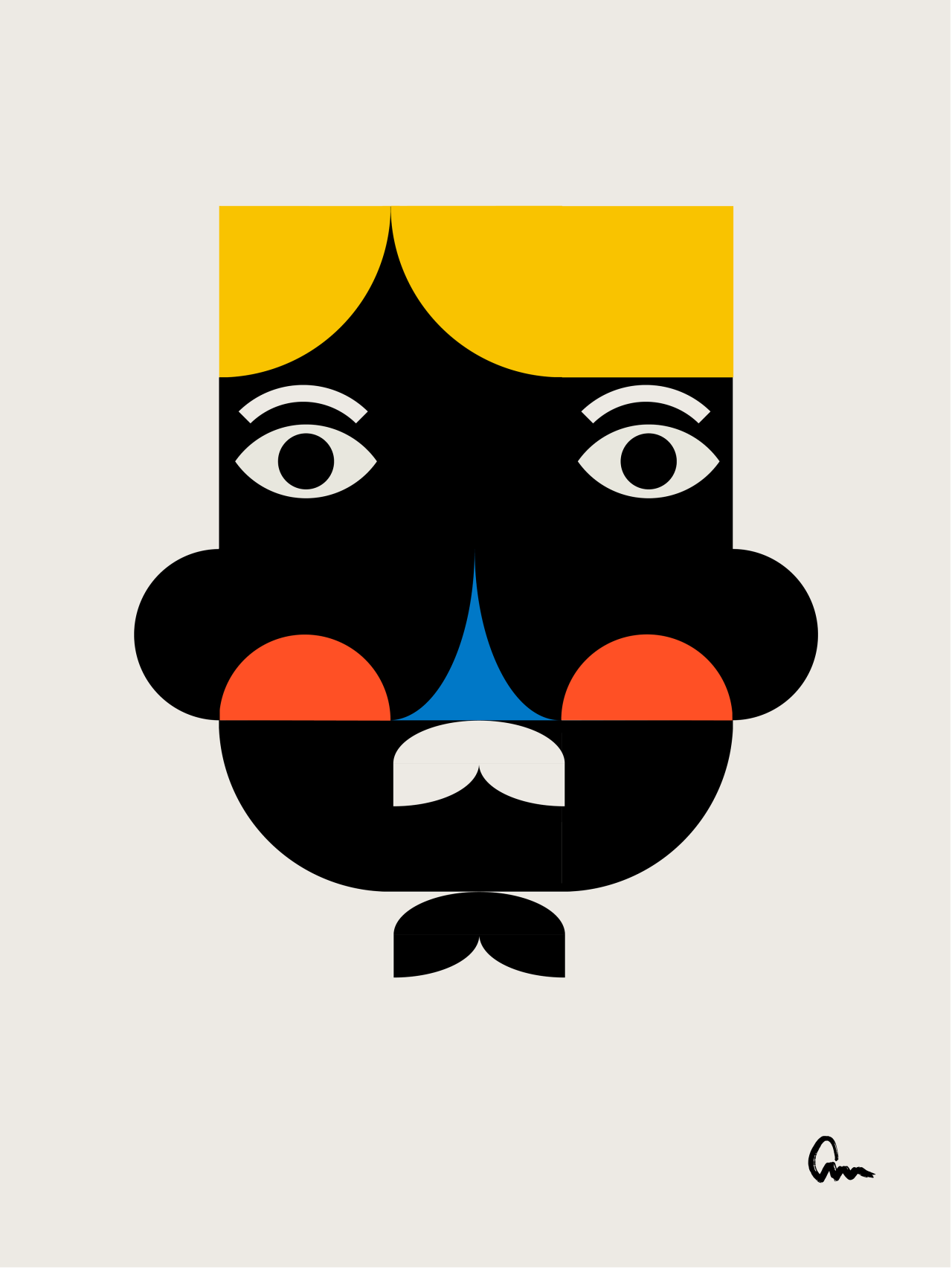
Artist, illustrator and animator Carolina Melis has brought her many talents together over the course of a year to create generative art portraits collectively known as Kubikino. Representing something of a transition from her work made with traditional tools, Kubikino features mesmerising generative art NFTs, which pose interesting questions about authorship and the value of art itself.
Primary colours, bold geometric shapes and engaging character design have long been key features of Carolina's work and have seen her working with the likes of the BBC, Microsoft and McDonald's. In more recent years, this style has become even more pronounced through playing with her six-year-old son, who enjoys stacking building blocks, solving puzzles, and connecting with construction toys.
"I recall the day I had my eureka moment," Carolina says about Kubikino. "There I was, intrigued about generative arts, and feeling very familiar and fascinated about the diversity of the projects on [NFT hub] Art Blocks. As I was thinking about a project idea, it suddenly dawned on me that the concept for my project was already around me, literally. The chaos strewn across the floor, a delightful mess of multicoloured blocks inspire this very piece."
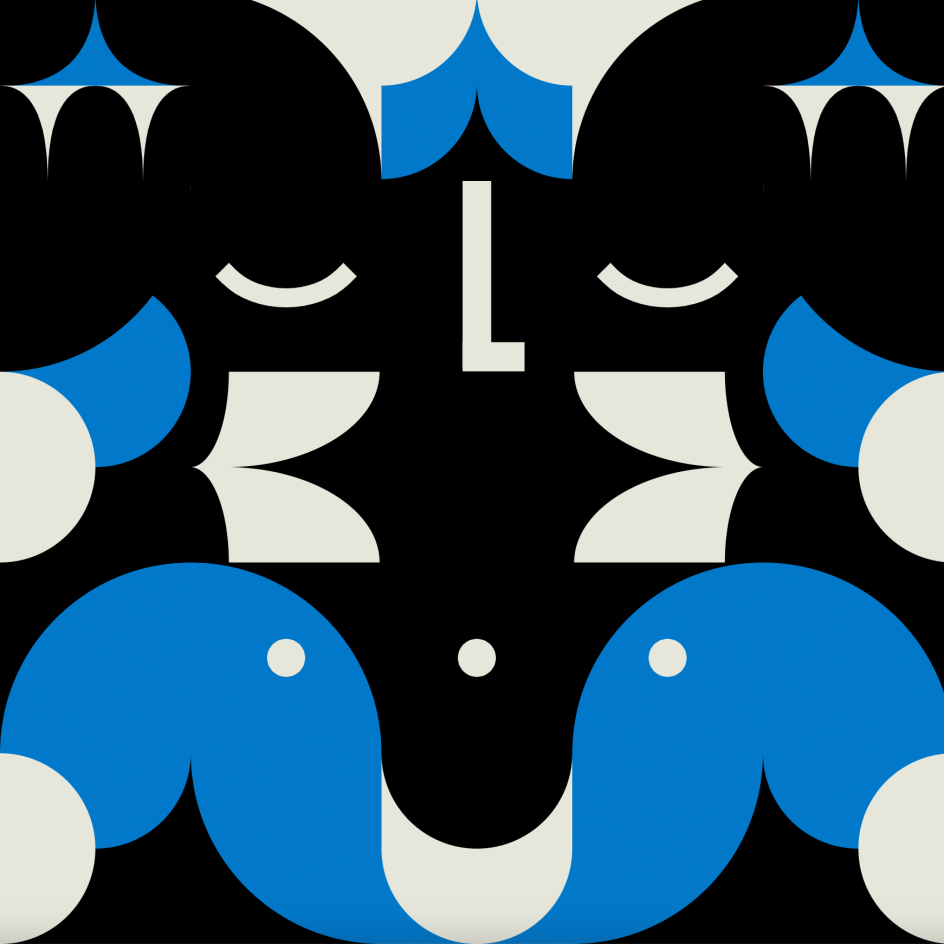
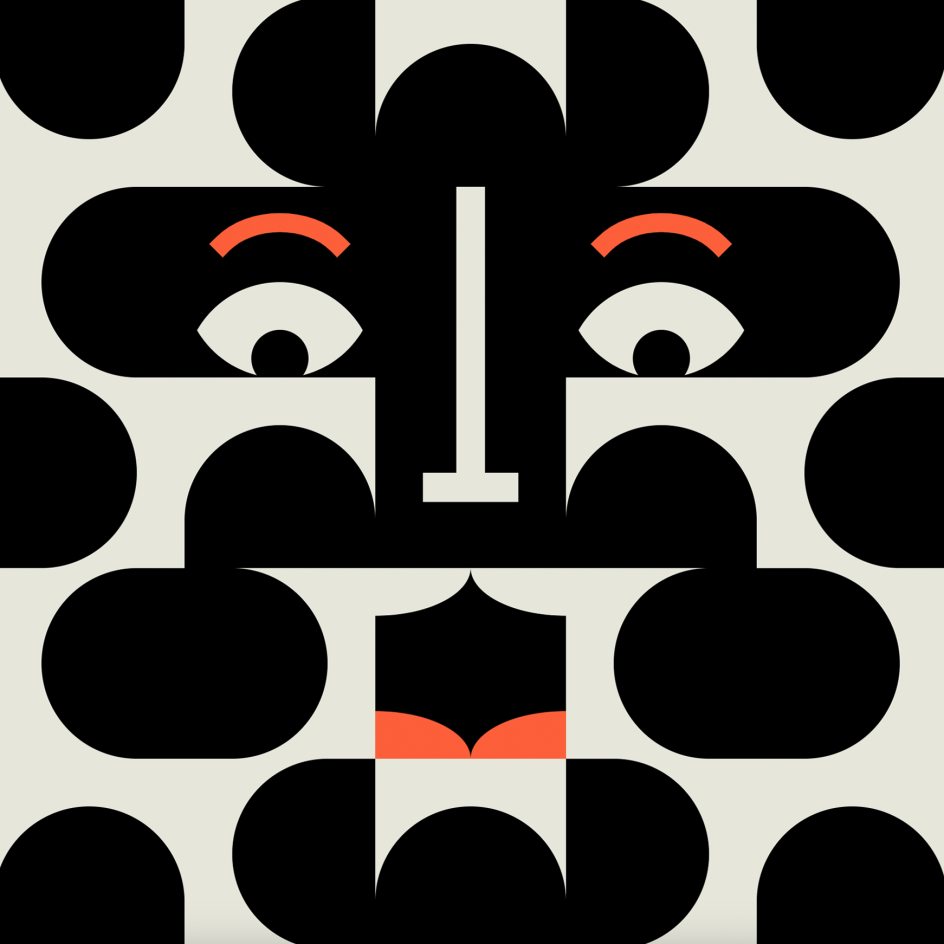
Carolina's objective was to craft something that encapsulated the playfulness of generative arts, particularly the elements of unpredictability, all while maintaining a sense of simplicity. "The idea of building blocks was a start for the project," she reveals. "Additionally, I sought to incorporate playful faces, envisioning a code that could generate an infinite community of characters, each possessing distinctive yet akin features."
To bring Kubikino to life, Carolina approached the project as if she were designing rules and tools for a game instead of a linear animation or a static picture. At the heart of each image is a humble '+' sign, which transforms into a nose. From there, eyes are generated, followed by the gradual assembly of the other facial features.
"While it may appear deceptively simple at first glance, the underlying logic behind generating these faces is remarkably intricate, taking into account a multitude of variables," Carolina explains. Simplifying the underlying principles helps the generative process along, though. "Each face is the outcome of three key elements: structure, content, and rules.
"The structure consists of a 5x5 grid composed of 25 individual tiles. The face is crafted through animated loops featuring geometric shapes randomly selected from an existing library, with circles as the foundation. The primary criterion governing the composition is what we refer to as the 'rule of proximity,' where adjacent tiles should predominantly share the same colours."
To introduce more intrigue and diversity into the series, Carolina has made sure to incorporate variations and exceptions within these core rules. "These exceptions, known as 'rarities,' yield extraordinary results that deviate from the norm, offering a tantalising allure and significant value for collectors," she adds.
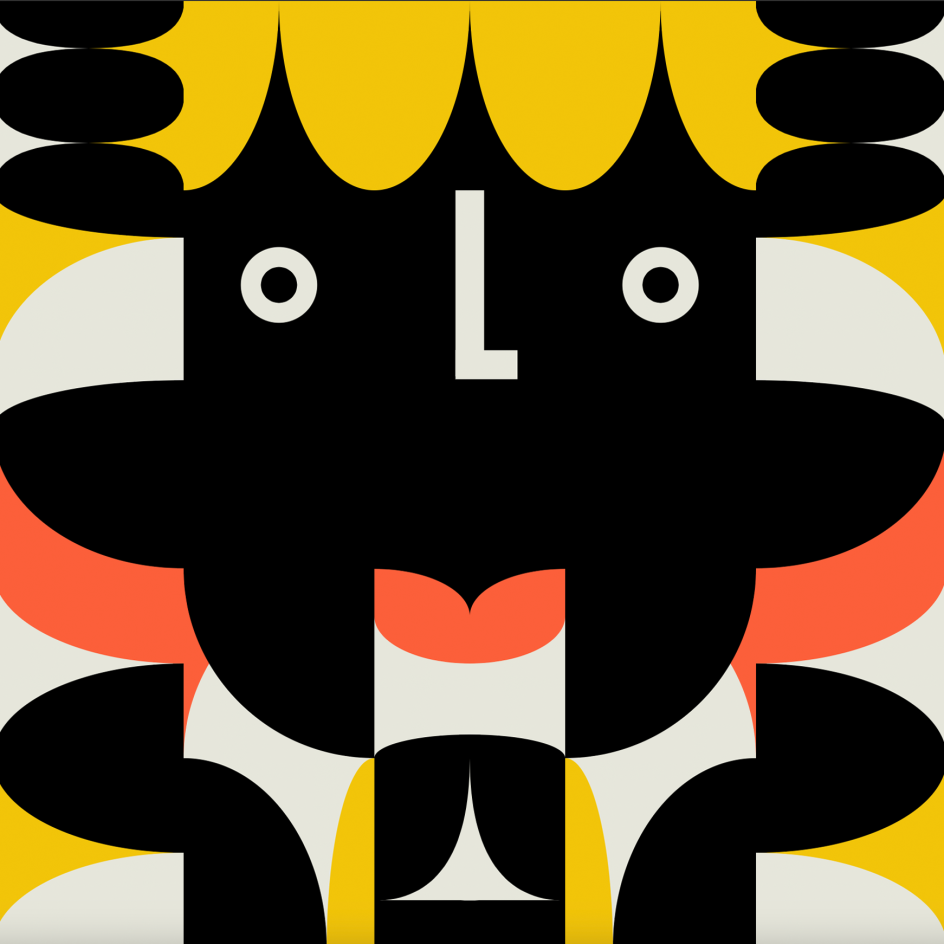
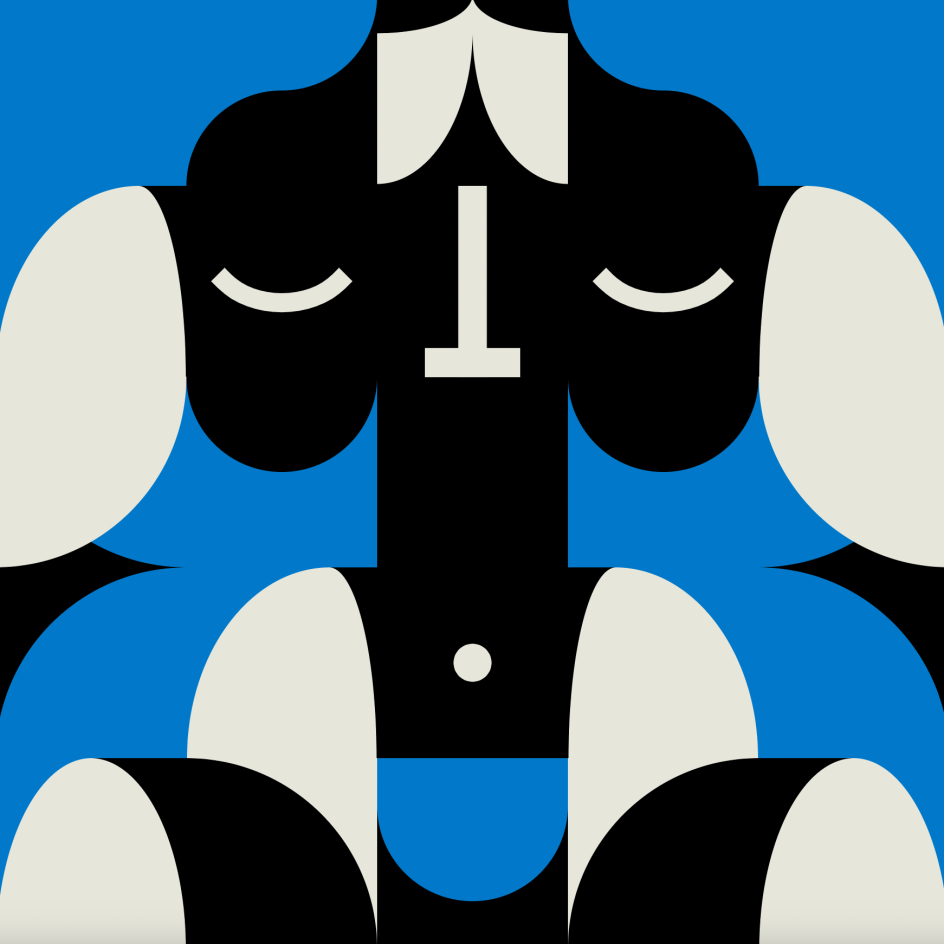
Taking its name from 'kubi', which evokes the cube, and 'kino', a term associated with cinema and kinesis, Kubikino neatly encapsulates the movement and animation within the project. "I found it intriguing to imagine Kubikino as the name of a CGI character with a distinct identity, acting as the NFT that serves as its passport within the Metaverse," Carolina adds.
Indeed, identity is a theme underpinning the project as a whole. Carolina was originally attracted to creating a series of faces in particular because they help foster a sense of community. "The word 'identity' has its roots in the Latin word 'identitas,' which means both 'sameness' and 'oneness,'" she says. "This double meaning is fascinating and perfectly aligns with the project's core concept.
"As I searched for inspiration, I explored traditional masks from different cultures and periods. It's truly captivating to see how small variations in decoration and design can represent different personalities and roles within a community. That's why I wanted to capture the essence of masks, or avatars employing a more contemporary term."
The recent proliferation of popular NFT-based characters was another aspect that grabbed Carolina's attention. "There are several reasons why they appeal to people, and one of them is the desire for a sense of belonging," she reasons. "Just like traditional masks symbolise belonging to a tribe, owning an NFT character grants you entry into an exclusive community. It's not just about being part of the community; the act of belonging holds great significance.
"In a digital world where replicas are easily accessible, the search for NFT identities is becoming more sophisticated. The thrill of creating something unique, the fact that NFTs are one-of-a-kind, and the limited editions all contribute to the priceless value of NFT characters. As this trend grows, it will be fascinating to see how it shapes our understanding of identity and belonging."
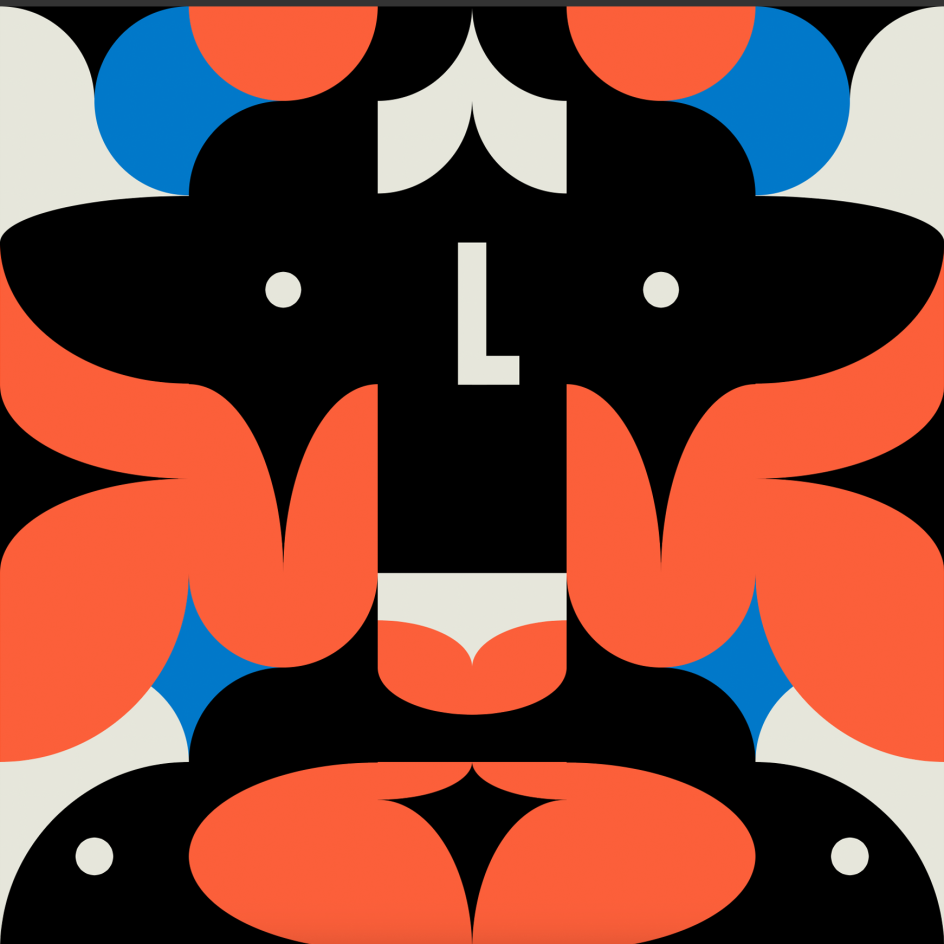
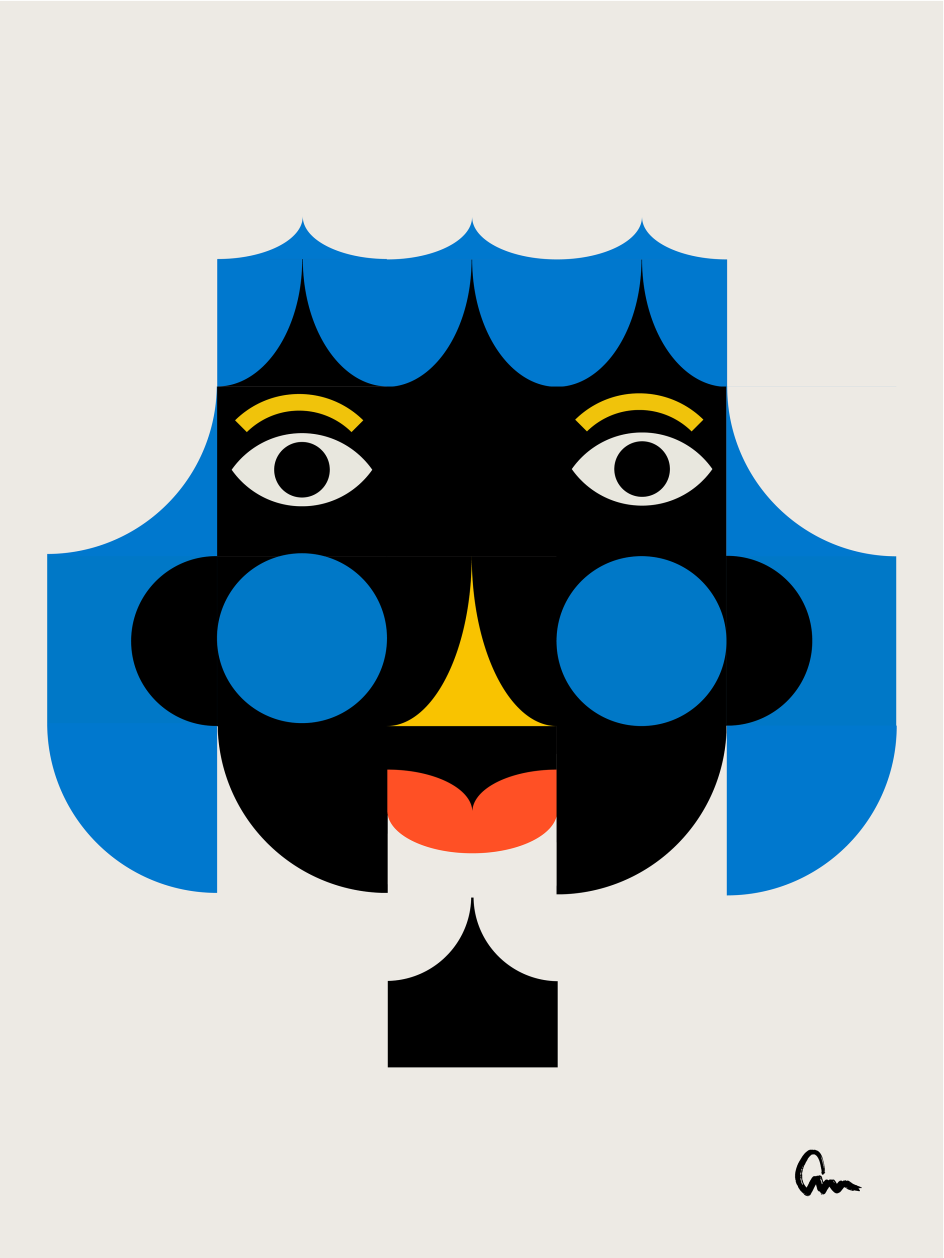
It's not just identity and belonging that are getting re-evaluated due to artistic innovations. When it comes to generative arts, the role of the creator differs significantly compared to that of a traditional artist.
"While we are accustomed to artists crafting a final and distinct composition, in generative arts, the creator serves as the designer of the structure, the paradigm, and the set of rules that generate a coherent body of unique pieces," says Carolina.
"The artist's skill in generative arts lies in creating a structure that is sufficiently open for the computer to generate unexpected artworks, yet not so loose that it devolves into chaos.
"Generative arts can be likened to 'Structured Improvisation', a compositional device introduced in dance and music by luminaries like Cunningham and John Cage. Structured Improvisation encompasses a creative process that combines elements of improvisation with pre-existing structures or frameworks. It involves developing a set of guidelines or rules that serve as a framework for exploratory improvisation.
"In Structured Improvisation, performers may be presented with specific limitations or prompts to work with, such as a particular theme, tempo, or musical key. These constraints act as a starting point for improvisation, but the performers can explore and develop their ideas within these boundaries.
"The most fascinating aspect of generative art is the potential to create an immense number of variations using the same underlying code."
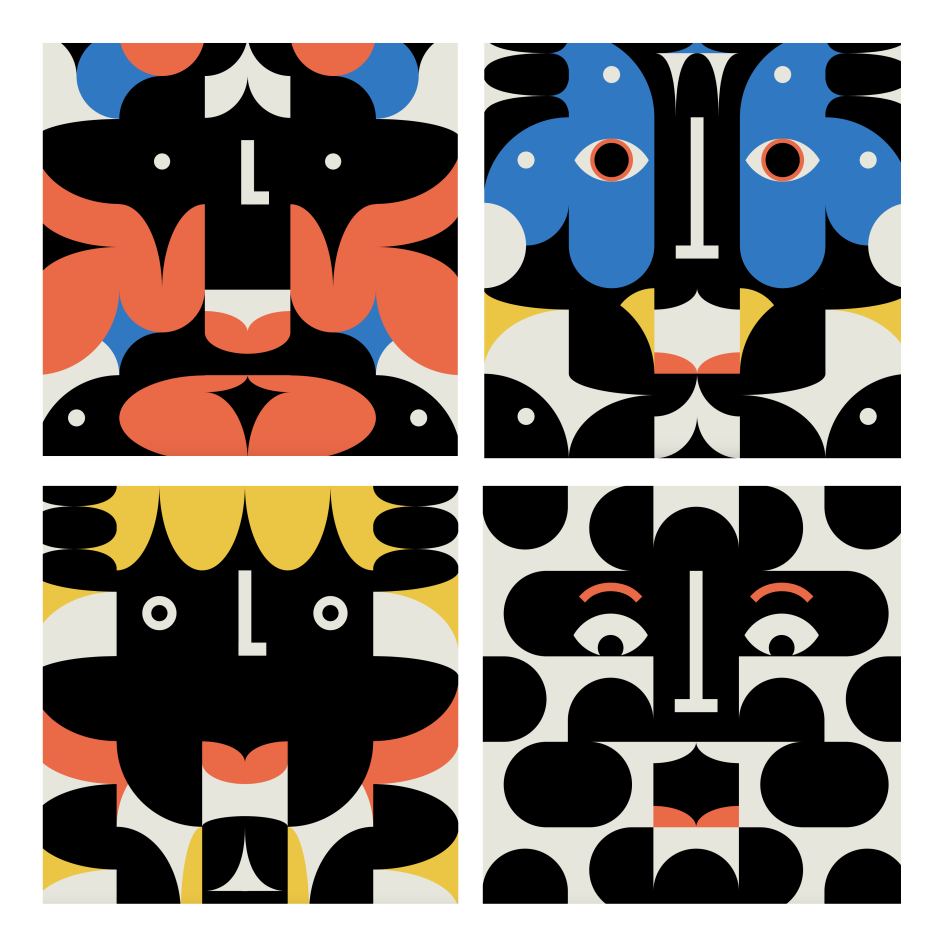
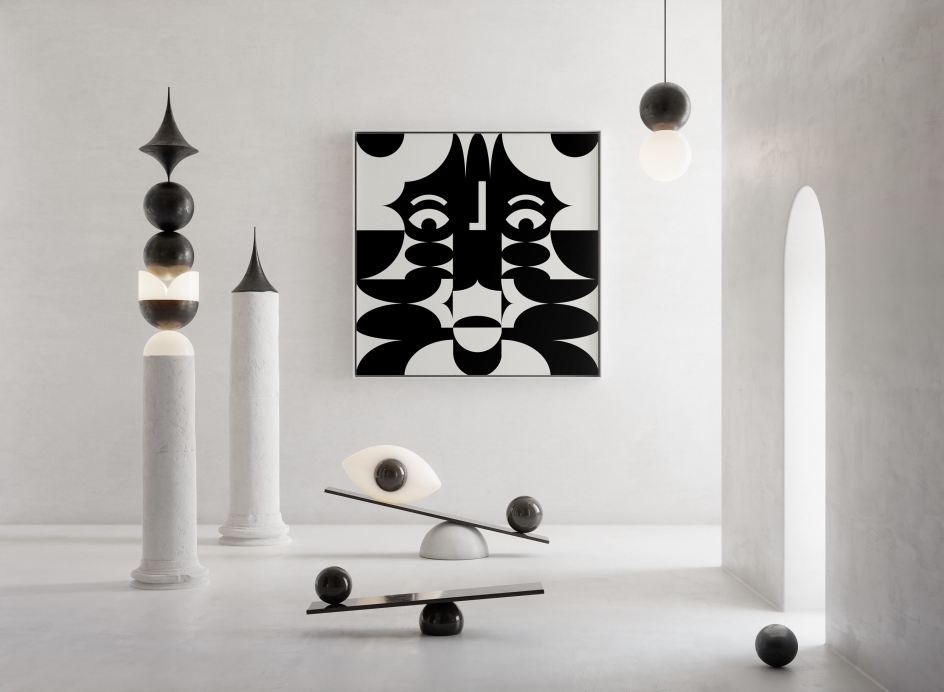
All of these variations allow for complications, though, and Carollina worked hard to stay true to her original goal of keeping things bold and simple. "In the realm of generative arts, achieving simplicity becomes an even greater challenge," she says. "It requires us to refine the creative concept to keep the code concise and focused.
"Since this was my first venture into generative art, not having full control over the final face that the code would generate was tough. I did many tests, trying to anticipate every possible outcome. Eventually, I realised that unpredictability makes generative arts so thrilling."
Learning to let go and shift her attention to establishing the rules and structure, rather than obsessing over the result, was a tough but rewarding exercise for Carolina as it forced her to think "linearly and vertically" simultaneously.
"Luckily, I had an amazing partner in this project — Enrico Penzo, a creative coder," she concludes. "We spent around 18 months collaborating, fine-tuning and refining Kubikino. Working with someone else meant constantly exchanging ideas and a reminder to stay true to our concepts and objectives.
"Of course, there were ups and downs throughout the project. But being accepted by Art Blocks gave us tremendous motivation to push our project even further."
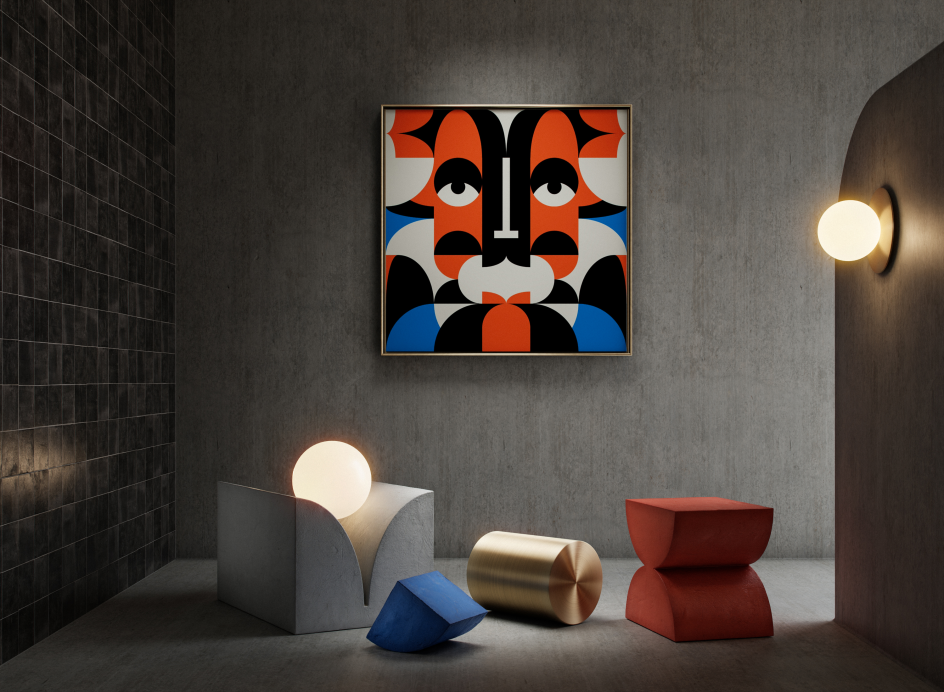









](https://www.creativeboom.com/upload/articles/86/862919952c0ad18439004228895a431dc6e45ffc_732.jpg)




